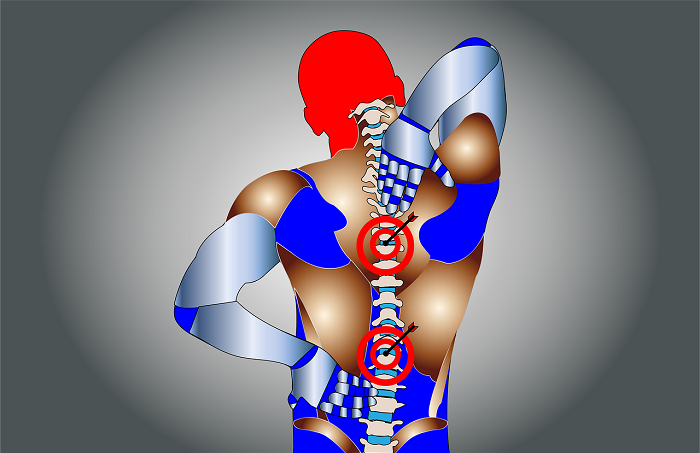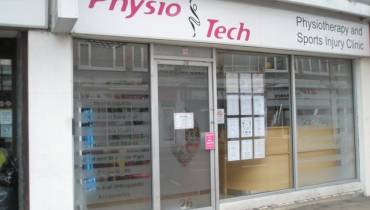What Are the Best Sciatica Treatment Options?

Man experiencing back pain: Photo: Michael Sauers / Flickr
Sciatica refers to the pain caused by pressure on/or inflammation of the sciatic nerve roots in the lower lumbar spine, and is medically known as lumbar radiculopathy. This pressure causes extreme pain, numbness, and fatigue in the lower back, which radiates down to the legs and causes leg pain.
Chronic low back pain may also be a result of this condition.
Between 10% and 40% of the population in United States has experienced sciatica symptoms at some stage in their lives, according to studies. It is a debilitating issue that can adversely affect the patient’s quality of life if not treated.
If you suffer from this pain, treatment options can be explored with the help of a qualified medical practitioner in your local area. Consult your doctor as you may find you require medical intervention, such as physical therapy, spinal injections (for pain), and surgery.
For example, if you live in Greenbelt, Maryland, it shouldn’t be a problem to find good pain management Greenbelt MD options in such communities. After treatment, you should be able to keep your pain under control and resume your normal lifestyle.
Research suggests sciatica resolves spontaneously (without treatment) for most people, but since this is one of the most common and misunderstood types of pain, it’s important to get the facts about sciatica so you understand the condition and what your options are.

Risk Factors and Symptoms of Sciatica
Low back pain and sciatica have a variety of symptoms and risk factors.
Even though the sciatic nerve originates in the lower spine, some people with the disease don't have low back pain. Instead, they experience various symptoms related to the nerves that run through the right or left leg.
A physical examination, imaging, and other tests by your doctor, with special attention to your spine and legs, may help pinpoint the irritated nerve root.
When sciatica affects the legs, patients can experience the following symptoms:
- Pain that starts from the buttocks, down the back of the thigh, and sometimes into the feet.
- Numbness, burning pain, and shooting pain in the legs
- Legs are swollen and shaky.
- Leg reflexes are impaired.
Back pain, a reduced range of motion in the hip region, muscle tenderness, and spasms are common symptoms. Patients may note that their pain and other symptoms are worse first in the morning and after long periods of standing or sitting.
Lower back pain and sciatica may affect people of all ages. However, according to the US National Library of Medicine, most people get symptoms of acute sciatica at the age of 45-64. Sciatica is most common in people ages of 45 and above.
People who work in physically challenging occupations, have recently suffered physical trauma such as a car accident, and those who sit or stand a lot are also prone to the condition. Try to be as active as possible since motion helps to reduce inflammation.
Sciatica and lower back pain may also be exacerbated by diabetes, smoking, and obesity.

Sciatica Treatment Options
The most common treatment for sciatic is a combination of over-the-counter drugs, such as nonsteroidal anti-inflammatory drugs (NSAIDs) taken orally, and soothing at-home care like putting gentle heat or cold on your painful muscles and stretching exercises.
The American Academy of Orthopaedic Surgeons (AAOS) reports that between 80% to 90% of people with acute sciatica experience spontaneous relief without treatment within a few weeks. The condition usually heals itself, given sufficient time and rest.
Pain from chronic sciatica is normally milder, but flare-ups can necessitate more care. Physicians may recommend more severe treatment options for chronic and acute sciatica. The following medical treatments may be prescribed to relieve sciatica pain:
- Prescription painkillers
- Medications that calm the muscles
- Anticonvulsant medication
- Oral corticosteroids
- Injections of corticosteroids
- Physical therapy
- Surgical procedures
Ultimately, a small number of sciatica patients need surgery for the treatment. You should consider surgery only if sciatica pain lasts for more than six weeks after primary treatment. Surgery could be a choice at that stage.
Remember, surgery aims to address the underlying cause of sciatica. If sciatica symptoms become severe or worsen with time, a qualified doctor should be consulted right away.




















